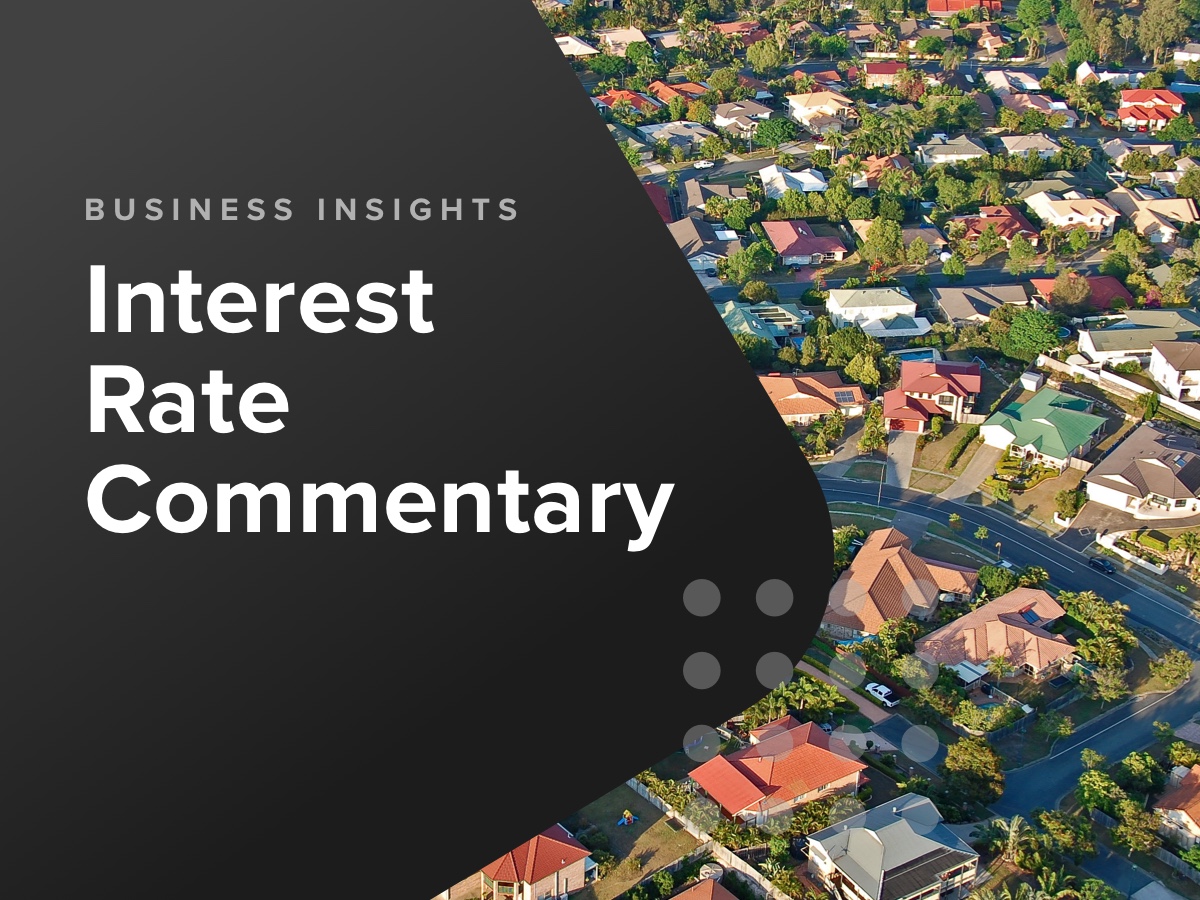CreditorWatch’s Chief Economist, Anneke Thompson, takes you through the best and worst economic events and impacts for Australian businesses in 2023.
Consistently low consumer sentiment alongside rising interest rates have been the major economic themes of 2023. The Reserve Bank of Australia (RBA) has been relentless in trying to stem inflation that was already ingrained in the Australian economy at the outset of 2023.
The cash rate has risen by 125 bps over the year, following a full 300 bps rise over 2022. As a result, consumers have reported a severe unwillingness or inability to spend on discretionary items such as household goods, furniture, and clothing and footwear. Towards the latter half of 2023, restaurant bookings have also been in decline, with changes in seated diners declining each month (compared to the same month prior) since April 2023. According to data provided by OpenTable, restaurant bookings in Australia are down five per cent in December 2023 compared to the year prior, which is the largest decline among all countries monitored. While a difficult year for the retail and food and beverage sectors, Australians still continued to spend on arts and entertainment, with this sector having one of the lowest risks of default in the country.
Effective monetary policy – as difficult as higher interest rates are for household and business borrowers alike, higher interest rates are having their intended effect of reducing inflation. There is no solution to inflation that doesn’t negatively impact some sector of the economy, and in Australia, due to our very high levels of household debt, it is home owners with an outstanding loan that bear the biggest burden. The good news is that inflation is reducing, especially in the goods sector, and monetary policy initiatives enacted by the RBA are working.
Business conditions – consistent with 2022, business conditions are still holding up relatively well. While we are now seeing some decline in conditions, and a more significant decline in business confidence, Australian businesses, by and large, have weathered the economic conditions in 2023 relatively well.
Labour force – the unemployment rate, as at November 2023, was 3.9 per cent, still well below pre-COVID levels. Despite extraordinarily high levels of migration, the need for labour in industries such as healthcare, education, retail trade and accommodation and food services was so great that employment growth almost kept up with population growth. That said, toward the end of 2023, there has been a noticeable upwards shift in unemployment, and this is likely to continue into the first half of 2024.
Consumer confidence – consumer confidence has remained near record low levels for the entire year. High interest rates and inflation are battering household budgets. This monetary policy cycle is also quite unique in that there is little indication at this point as to when the cash rate may move down. This causes great concern for borrowers, who are keeping a tight eye on budgets in order to be able to maintain loan repayments.
Retail trade – despite record high migration levels, retail trade figures are still lower than they were in November 2022, which is a very unusual dynamic, and highlights just how much less money per person we are now spending in Australia compared to this time last year. Usually, in a time of high migration, retail trade will rise almost organically, as additional consumers need basic non-discretionary items. However, the pullback in discretionary spending has been such that it has outweighed any increase in non-discretionary spending by migrants.
Average value of invoices – of significant concern this year among all the data that CreditorWatch collects was the very serious decline in the average value of invoices. The average value of invoices as reported by CreditorWatch data providers is now down 34 per cent year-on-year and almost half of the average value in November 2020. This points to a significantly reducing workload among small and medium-sized businesses in particular.
The areas in Australia where business risk reduced by the greatest velocity have very little in common geographically. However, most areas have a population with a higher-than-average median age, and higher than average incomes. Many of the areas also have a highly educated workforce, where residents are more able to access pay increases or higher paying jobs to cover the higher cost of living.

The three areas that recorded the biggest increase in business risk over 2023 were all located in NSW. Of all the areas that recorded the biggest increase in business risk, the common denominator is high levels of personal debt, which impacts business risk across the region due to lower consumer spending.

The early half of 2024 is looking increasingly likely to be one of the toughest, economically speaking, for some time in Australia. While consumer confidence has been in the doldrums for some time, business confidence is now starting to significantly wane, and many businesses are anticipating very subdued trading conditions at the start of 2024, and are reducing forward orders as a result – particularly in the retail sector.
Unemployment has been slowing increasing over the second half of 2023, and this is likely to continue through the first half of 2024, with unemployment likely to reach the mid four per cents – still well below that of pre-COVID levels. The Federal Government’s decision to immediately contend with record high migration by reducing student visas should eventually ease pressure on the rental market in the capital cities, and this in itself will help ease inflation, as rents are a major contributor to the CPI basket.
The good news is that the middle of the year should bring us to within striking distance of monetary policy easing. It is too early to tell at this point when it will occur, but as at the end of the 2023, inflation in major overseas economies is falling at a good pace and it appears cash rate increases in those economies have now ceased. Both household and business borrowers still have at least six months of high interest rates to contend with, but progress against inflation is being made, and that should be confidence boosting for Australian businesses.

Get started with CreditorWatch today
Take your credit management to the next level with a 14-day free trial.

